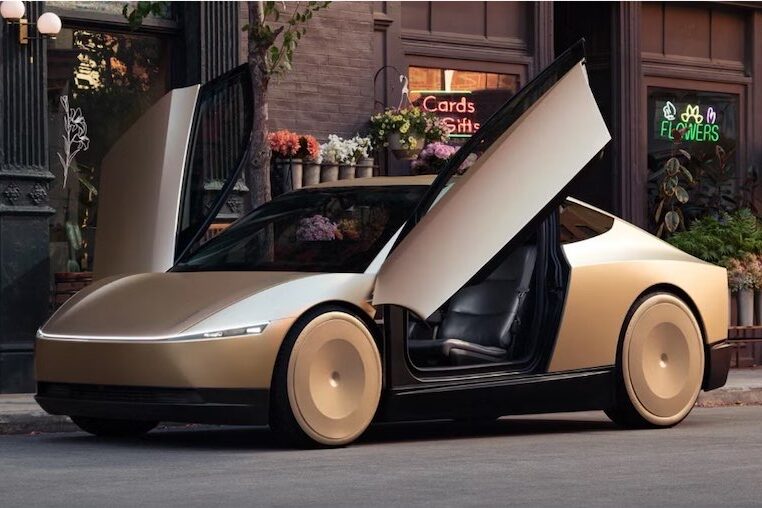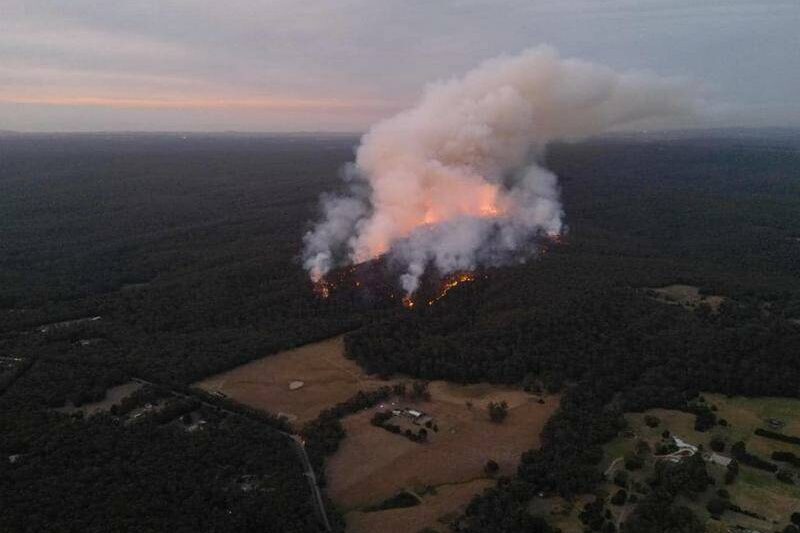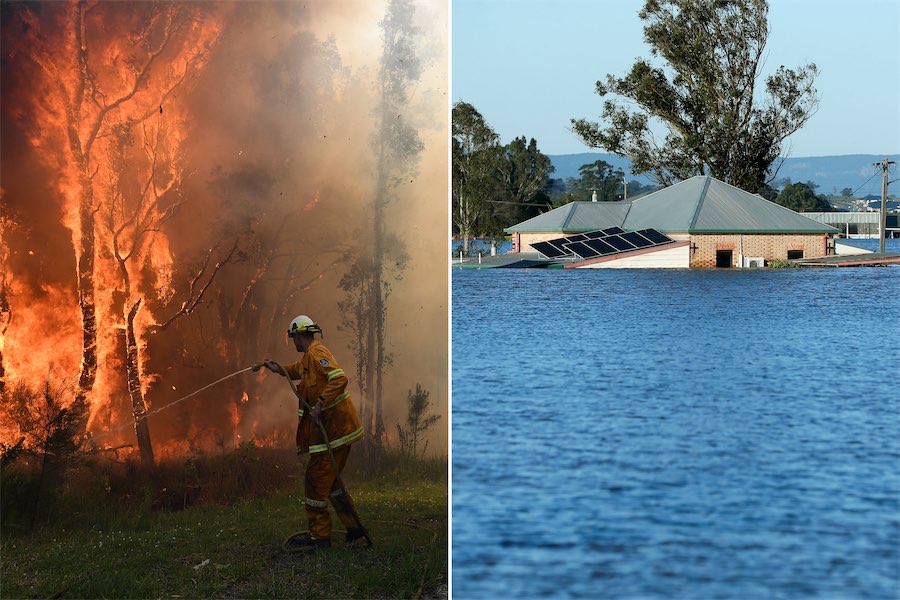
Tesla has unveiled its vision for self-driving taxis in a vehicle that has no manual driving controls. JENNIFER DUDLEY-NICHOLSON reports that experts say they are cautious but optimistic.
There are two seats inside Tesla’s futuristic Cybercab but neither is designed for a driver.
The electric vehicle also comes with no steering wheel, no brake, no accelerator, not even any door handles.
However it does have a large screen on its dashboard to show where it’s going and two cup-holders to ensure passengers stay hydrated.
This is Tesla’s vision for the future of autonomous driving, unveiled by chief executive Elon Musk at Warner Brothers Studio in California on Friday.
He says the self-driving car will revolutionise transport, making it safer to move around, and allowing former drivers to treat their cars like lounge rooms, only looking up when they arrive at their destination.
But AI and transport experts say the journey to a self-driving future is likely to be a longer road than Tesla predicts and the technology has a lot to prove before everyone feels comfortable enough to take their hands off the wheel.
Tesla unveiled 20 working prototypes of its Cybercab at its We, Robot event in California, with the vehicles taking attendees on rides around the movie studio lot.
The self-driving cars are expected to go into production before 2027, Mr Musk says, and to cost less than $US30,000.
But, more importantly, he says, they will reduce the effort and time involved in getting from one place to another.
“Think about the cumulative time people spend in a car and the time they will get back that they can now spend on their phones or watching a movie or doing work or whatever you want to do,” Mr Musk said.
“You’re just sitting in a comfortable little lounge and you can do whatever you want while you’re in this comfortable little lounge and when you get out you will be at your destination.”
The self-driving cars could also be significantly safer than vehicles driven by humans – he says between 10 and 30 times safer – as they will have been trained on data captured from millions of cars.
Tesla also unveiled a self-driving Robovan that is equipped to transport 20 people at a time but it did not reveal details about its production, delivery or price.
The US car maker will face significant competition in the autonomous vehicle market, however, with two large companies already operating their cars around the US.
Google-owned Waymo offers driverless rides around San Francisco and Phoenix, with plans to expand into Los Angeles and Austin, and more than 20 billion hours spent testing its vehicles in real-world and simulated environments.
Rival Cruise has returned to the roads to test its General Motors cars in Dallas, Houston and Phoenix after parking its fleet last year due to a serious accident in which a car dragged a pedestrian for six metres.
Both companies are advanced in autonomous vehicle testing, Swinburne University future urban mobility Professor Hussein Dia says, which would mean Tesla would have to make quick progress.
“Musk has a lot of catch-up to do on Waymo and then he needs to deal with the regulators,” he says.
“He said there would be no pedals or steering wheel and it will be interesting to hear what the regulators say about this.”
A survey of 562 Australians conducted by Swinburne University also found 74 per cent would like autonomous vehicles to have controls so they could be driven by a human if needed, even though 47 per cent considered self-driving a desirable trend.
One way to convince more passengers to trust self-driving cars is by proving they are safer than human-driven vehicles, Prof Dia says, but that may require a lot of testing or another significant AI breakthrough.
“Clearly, we don’t want them on the road until they are as safe or safer than humans,” he says.
“This is where the challenge lies.”
Tesla could also face greater challenges in this regard due to its refusal to use LiDAR technology in cars, University of NSW AI Institute chief scientist Professor Toby Walsh says.
Self-driving vehicles used by Waymo, Cruise and other firms have deployed the technology that uses pulsed laser to measure distances, rather than cameras that offer passive measurements.
“I would much prefer to be in a self-driving car that had a range of sensors, including LiDAR, not just cameras,” he says.
“If the weather’s bad or it’s dark, there’s a limit to what you can get from a passive sensor compared to an active sensor with a spinning laser beam.”
Autonomous vehicles on US roads are also limited to operating in defined, well-mapped areas, he says, and could not easily move to the Australian outback, for example.
Despite the hurdles, Prof Walsh says the technology has huge potential in areas such as road safety and accessibility, and deserves to be pursued.
“Ultimately, self-driving cars are going to be a fantastic boon for society,” he says.
“I’m positive but cautious.”
Who can be trusted?
In a world of spin and confusion, there’s never been a more important time to support independent journalism in Canberra.
If you trust our work online and want to enforce the power of independent voices, I invite you to make a small contribution.
Every dollar of support is invested back into our journalism to help keep citynews.com.au strong and free.
Thank you,
Ian Meikle, editor





Leave a Reply